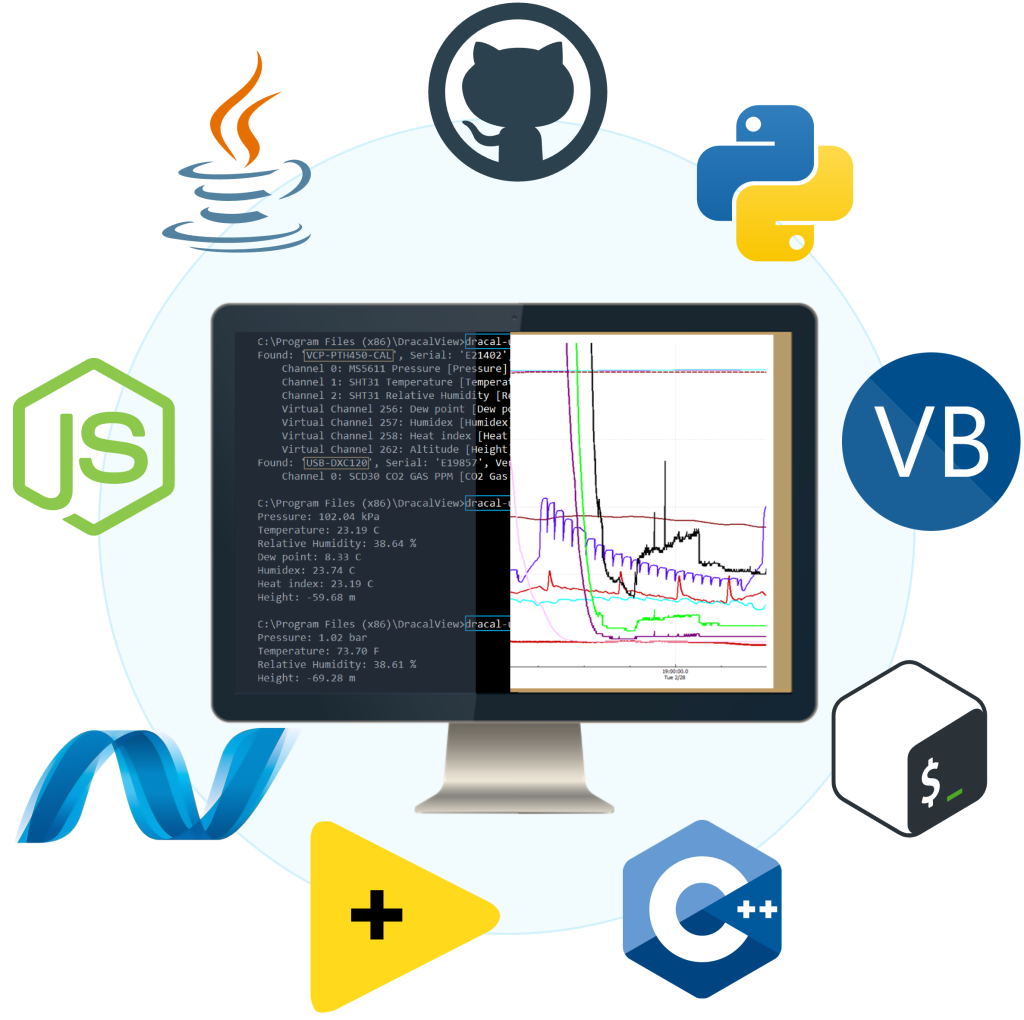FAQ on calibration and recalibration of Dracal sensors
This FAQ answers the most frequently asked questions about the calibration and recalibration of your instruments: recommended frequency, ISO17025 certification process, costs, and tips for optimizing accuracy to suit your needs.
Whether you’re looking to comply with the requirements of your quality system, or simply to maintain the performance of your sensors, you’ll find essential information here for your calibration procedures.

- Why do precision environmental sensors need to be recalibrated?
- How often should I recalibrate my Dracal sensors?
- If I don’t purchase an ISO17025 accredited calibration certificate, will I still receive a calibration document from Dracal?
- Why are ISO17025 calibration certificates so expensive?
- Who can recalibrate my Dracal instruments?
- I need an ISO17025 accredited calibration certificate. What are the steps in the process with Dracal?
- Does my Dracal instrument need the “-CAL” option to be recalibrated?
- Does the purchase of a unit with the “CAL” option come with a certificate of traceability?
- Do you suggest “Standard” calibration points?
- There’s no recalibration date on the calibration certificate we received from you. Is this normal?
- For my QMS, I need a recalibration date on my certificate. Is this possible?
- I’ve lost my calibration certificate purchased through Dracal. Can I have a copy?
- How does Dracal’s 3-point user adjustment mechanism work??
- What information is stored in the instrument during an adjustment?
- I need to calibrate several parameters at different points. How will the laboratory calibrate these parameters?
- My Dracal sensor already has adjustment points. How do I recalibrate?
Why do precision environmental sensors need to be recalibrated?
Precision sensors deviate with use. This can be understood as normal wear and tear on the sensing elements in the products, which are extremely sensitive and precise. With repeated use, electronic components undergo physical and electrical changes that impact measurement accuracy over time. To maintain optimum accuracy and guarantee the instrument’s longevity over time, it is therefore advisable to adjust measurements at a certain frequency, ensuring optimum accuracy and data quality.
How often should I recalibrate my Dracal sensors?
The answer depends on a number of factors, such as
- the frequency of use of the product (frequency and conditions)
- the age of the product
- the conditions of use of the product
- the accuracy you are trying to achieve in relation to the basic specifications of the instrument
- the normative requirements of your company (QMS)
- the normative requirements of your industry
For help in determining your recalibration schedule, consult this article.
If I don’t purchase an ISO17025 accredited calibration certificate, will I still receive a calibration document from Dracal?
Dracal does not supply an official calibration document for its sensors, although they are all factory-calibrated and tested under controlled conditions. If your QMS requires a calibration certificate for all your instruments, please add it to your shopping cart along with your instrument.
Why are ISO17025 calibration certificates so expensive?
This is the question everyone asks, but few dare to ask! Here are the reasons why these certificates are so expensive:
- Instrument calibration is done by an educated and qualified person, never paid minimum wage.
- The laboratory must purchase and maintain tens of thousands of dollars worth of high-precision equipment, each of which must also be recalibrated regularly in an even more specialized (and therefore expensive) laboratory.
- Calibration takes time. It takes 2 ramps per parameter, including plate stabilization.
- Certificate creation and documentation take time.
- The absence of batch calibration increases costs. Dracal once offered pre-calibrated units from the laboratory at reduced cost, but the calibration date was sometimes 1 month or 2 after the purchase date, which did not suit 90% of Dracal’s customers, who want a recent date to push back the date of the next recalibration as far as possible.
- ISO17025 accreditation audits require time and annual investment.
Who can recalibrate my Dracal instruments?
Any calibration laboratory (maybe even in-house!) that meets the following requirements:
- can download our free, multi-platform (Windows, Linux, Mac OS) DracalView software;
- has the necessary facilities to manage the USB cable enabling the product to communicate its data to DracalView.
NOTE: Generally speaking, the laboratories that are unable to calibrate Dracal instruments are those that come up against the problem of USB wire management during atmospheric pressure calibration.
Dracal has partner calibration laboratories that have been pre-qualified by our team of experts. These laboratories guarantee the smooth calibration of your instruments in temperature, relative humidity and atmospheric pressure, with impeccable quality.
Please note that Dracal does not charge any fees to its partner laboratories, nor does it interfere with their pricing. However, Dracal does not make any sales on behalf of its partner laboratories, and they are therefore responsible for offering competitive display and pricing on the market.
I need an ISO17025 accredited calibration certificate. What are the steps in the process with Dracal?
-
Purchase your certificate with your instrument via the “Order” tab on the product page.
-
You will receive an e-mail from the shipping team the same day, so that you can communicate your calibration points.
Tip: If you are not the end-user (e.g. the buyer) and want to save a little (sometimes a lot!) of time in the process, ask the person responsible as soon as possible about the value of these points. Conversely, if you’re the person who has this information, pass it on as soon as possible to the person who will be placing your order.
-
Once we’ve received your calibration points, we send the instrument to our partner laboratory, together with your calibration information.
-
The laboratory performs the calibration work and returns the calibrated instrument to us.
-
We take delivery of the products, checking the accuracy of the points and measurements.
-
We ship your product to you.
The calibration process alone takes up to 15 working days, unless you have purchased the express calibration service (NTW+), in which case the process takes 5 days.
Does my Dracal instrument need the “-CAL” option to be recalibrated?
This is where the distinction between “calibration” and “adjustment” comes in. Calibration, whose strict definition consists in comparing reference measurements with those of the instrument under test, can be carried out on any Dracal instrument. This means with or without the “-CAL” option.
The “-CAL” option enables Dracal instruments to be adjusted, which consists in realigning the instrument’s measurements to obtain the best possible accuracy.
Does the purchase of a unit with the “CAL” option come with a certificate of traceability?
No, the “CAL” option only indicates that the instrument can be readjusted (with adjustment coefficients stored in the instrument’s memory) in the future. To obtain a certificate of traceability, you need to add a certificate from our ISO17025-accredited partner laboratory to your shopping basket.
Do you suggest “Standard” calibration points?
We do not suggest standard points, because the best choice of calibration points depends on your intended operating range. The best choice of points will cover exactly the operating range intended by the instrument, with a little play at the extremes. However, we often help customers determine their points when in doubt. If you would like our advice, do not hesitate to write to us.
There’s no recalibration date on the calibration certificate we received from you. Is this normal?
Yes. Clause 7.8.4.3 of ISO 17025:2017 states that “a calibration certificate or calibration label shall not contain a recommendation on the calibration interval, unless this has been agreed with the customer”. Thus, accredited laboratories should no longer suggest a recalibration date/frequency, since this depends on several conditions unique to each use.
For my QMS, I need a recalibration date on my certificate. Is this possible?
Yes, this is possible. If you already know the recalibration frequency required for your application, you can enter this information in the notes of your order, or, after placing it, contact expedition@dracal.com with your order number to communicate this information.
I’ve lost my calibration certificate purchased through Dracal. Can I have a copy?
Of course you can! Please write to expedition@dracal.com with your request, including the serial number of your product, and we’ll send you a .pdf copy of your certificate.
How does Dracal’s 3-point user adjustment mechanism work?
The 3-point mechanism applies a polynomial function. For 1 or 2 points, this is equivalent to a linear function. For 3 points, the applied polynomial function offers the advantage of being exact at the adjustment points, compared to a linear extrapolation which would apply an approximation even at the adjustment points. This article will help you better understand (and visualize) how the mechanism works.
What information is stored in the instrument during an adjustment?
Only possible with products equipped with the “CAL” option (except for CO2 channels), the calibration operation only saves the 3 pairs of calibration points in the Dracal sensor’s permanent memory, for each of the actual calibratable channels. No calibration date or history remains in memory.
As far as CO2 channels are concerned, the adjustment function applied is that supplied by the component manufacturer, and enables only the application of an instantaneous correction in real time, the measurement of which is neither recoverable nor reversible.
I need to calibrate several parameters at different points. How will the laboratory calibrate these parameters?
When the laboratory calibrates a parameter, it sets the other parameters in a fixed, standard controlled environment.
For example, for a calibration in temperature, relative humidity and atmospheric pressure, measurements are first taken in temperature and relative humidity. If an adjustment is required, the adjustment is applied for the 2 parameters, then the “final” measurements are recorded on the certificate. Next, the instrument is moved to a different unit for atmospheric pressure calibration. Measurements are then taken (at fixed temperature and relative humidity), adjustment is applied if necessary, and the final measurements are recorded on the certificate.
My Dracal sensor already has adjustment points. How do I recalibrate?
If your sensor already has adjustment points, you’ll want to keep them for the first calibration. But here’s a trick that will save you a lot of time in the event that a new calibration is required. Before you take your measurements for the channels to be recalibrated, also keep track of their equivalent “raw” measurements via the math channels. For example, in addition to recording the measurements of channel E12345:00, create the equivalent math channel without the application of the adjustment points [E12345:00_nc] (nc for not calibrated) [visual in this tip no1]. This way, if readjustment is required, you’ll already have the raw values you need to replace the existing adjustment points with the new ones.
PRODUCTS YOU CAN TRUST
Approved by engineers, scientists and researchers around the world.
Thousands of companies trust our products worldwide:
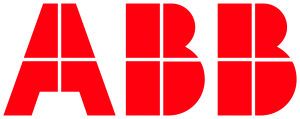
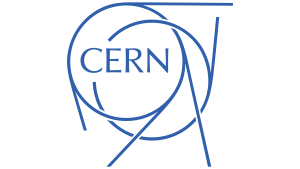
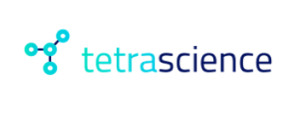

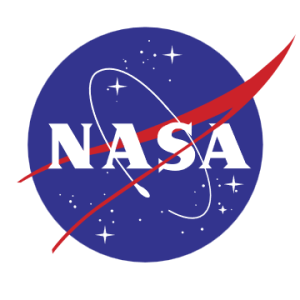


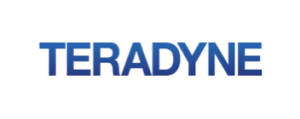




Not sure if your project will benefit from Dracal’s solution?
Contact us, tell us about your project, and we’ll quickly determine if there’s a fit.
"*" indicates required fields
Always offered at no extra charge with our products!
EASY TO USE IN YOUR OWN SYSTEM
- Ready-to-use, accurate and robust real-time data flow
- Choose the interface that works best for you (CLI, virtual COM, REST API)
- Code samples available in 10+ programming languages (Python, C/C++, C#, Java, Node, .Net, etc.)
- Operates under Windows, Mac OS X and Linux
- Usable with LabView (CLI guide, Virtual COM guide)
- All tools packaged within one simple, free of charge, DracalView download
FREE DATA VISUALIZATION, LOGGING AND CALIBRATION SOFTWARE
- Get up-and-running in less than 3 minutes
- Operates under Windows, Mac OS X and Linux
- Real-time on-screen graphing and logging
- Log interval down to 0.5 second and configurable units (°C, °F, K…)
- Simultaneous use of unlimited Dracal sensors supported
- Simple user-calibration (products with the -CAL option)
- Connectivity with SensGate Wi-Fi/Ethernet gateway
